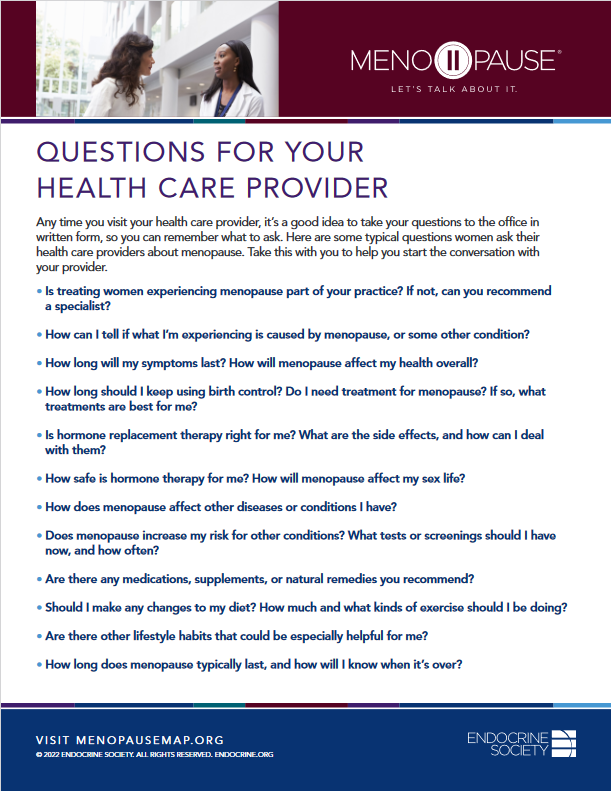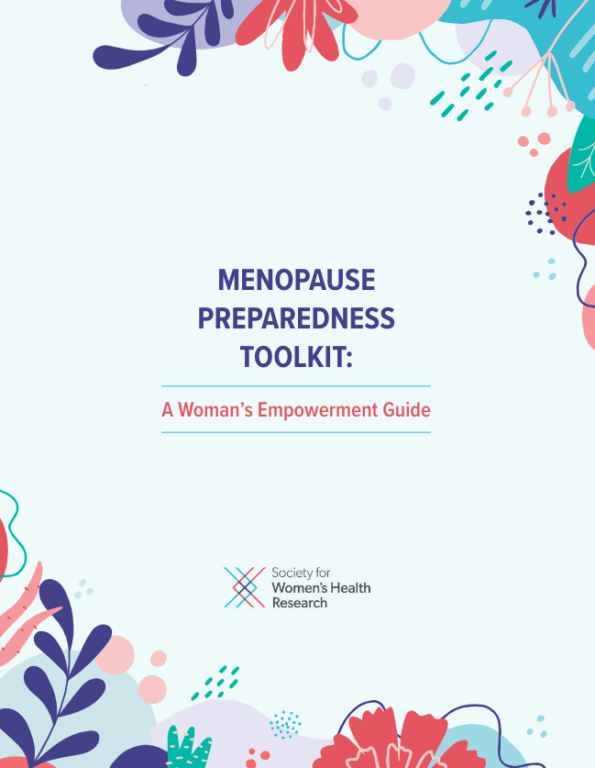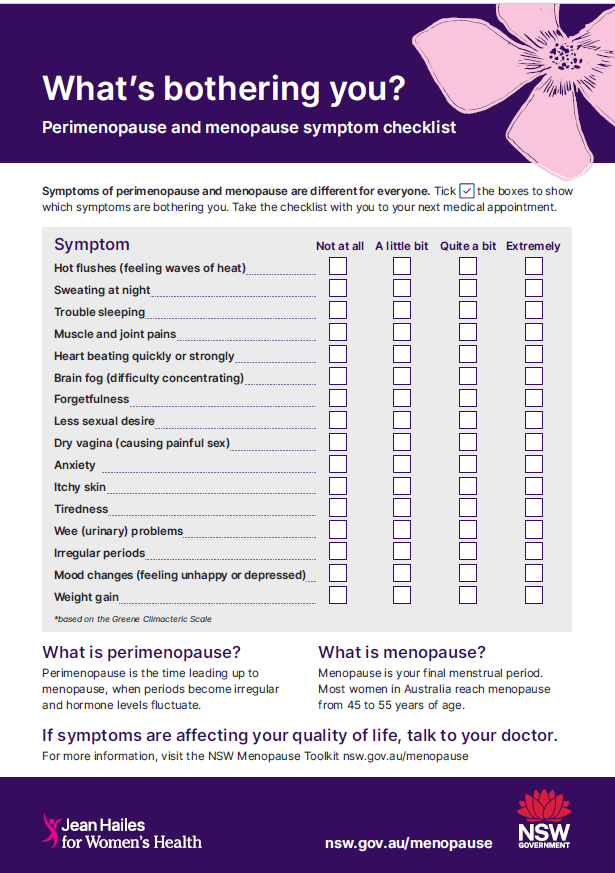“The average age of the menopause is around fifty
and in the months or years leading up to this,
some people notice a change in hair pattern”.1
Umbrella
What may the Menopause Hair Changes Umbrella include?
Depending on the Source (DotS) this Umbrella may include:
- Chin Hair
- Downy Hair
- Facial Hair Growth/Increase
- Hair Loss
- Head Hair
- Hirsutism
- Thinning Hair
- “Peach Fuzz”
- “Rogue Hair”
Menopause
Is there an association between menopause and hair pattern?
On page one in Menopausal Hair Loss – ‘More Than A Bad Hair Day’ the (British) Women’s Health Concern (WHC) explain:
“The average age of the menopause is around fifty and in the months or years leading up to this, some people notice a change in hair pattern. Very commonly, the volume and condition of the hair appears to worsen, with some women noticing that hair does not grow as much as previously. More hair seems to come out in the basin when washing and hair brushes soon fill up as loose hairs are brushed away”.2
Postmenopause
Is there an association between postmenopause and hair loss?
In Treating Female Pattern Hair Loss the (United States) Harvard Health Publishing, Harvard Health explain:
“About one-third of women experience hair loss (alopecia) at some time in their lives; among postmenopausal women, as many as two-thirds suffer hair thinning or bald spots”.3
Female Pattern Hair Loss
Is there an association between menopause and female pattern hair loss (FPHL)?
In Menopause FAQs: Your Health After Menopause – Q. Is there anything I can do to stop my hair from thinning? the NAMS explain:
“A. Some women experience thinning of the hair on the scalp in midlife. For many, this is because of an interplay of genetics, hormone shifts and environmental factors. Known as female pattern hair loss, the hair thins mainly on the crown of the head, starting with a widening through the center hair part”.4
In Menopausal Hair Loss – ‘More Than A Bad Hair Day’ the WHC note:
“FPHL is very common and increases with age and varies across ethnic groups. Although it can happen at any age, the condition occurs most commonly following the menopause. This does not mean that hormones alone are to blame, although oestrogen may have a protective role, helping to keep hair in the ‘growing phase’. Age itself is a factor and whilst women can take care of their hair cosmetically, it is one aspect of the ageing process we cannot always control”.5
In Treating Female Pattern Hair Loss Harvard Health Publishing, Harvard Health elaborate on:
“The main type of hair loss in women is the same as it is men. It’s called androgenetic alopecia, or female (or male) pattern hair loss. In men, hair loss usually begins above the temples, and the receding hairline eventually forms a characteristic “M” shape; hair at the top of the head also thins, often progressing to baldness. In women, androgenetic alopecia begins with gradual thinning at the part line, followed by increasing diffuse hair loss radiating from the top of the head. A woman’s hairline rarely recedes, and women rarely become bald”.6
Androgenetic Alopecia
What is androgenetic alopecia?
In Treating Female Pattern Hair Loss: What Is Androgenetic Alopecia? Harvard Health Publishing, Harvard Health explain:
“Almost every woman eventually develops some degree of female pattern hair loss. It can start any time after the onset of puberty, but women tend to first notice it around menopause, when hair loss typically increases. The risk rises with age, and it’s higher for women with a history of hair loss on either side of the family”.7
Other Causes
Apart from menopause, what may other causes of hair loss include?
The North American Menopause Society (NAMS) note:
“A. …Other causes of hair loss may include nutrition deficiencies (such as low iron intake), significant or prolonged stress, thyroid disease and other chronic illness, and certain medications or supplements. Women also may notice increased hair loss when stopping hormone contraceptives or estrogen therapy”.8
Grey Hair
Is there an association between aging and grey hair?
The NAMS explain:
Facial Hair
Is there an association between facial hair and menopause?
The NAMS note:
“Women often report large rogue hairs on their chins that seems to grow to a great length almost overnight, and other women notice the appearance of downy hairs (peach fuzz) on their faces”.10
Hirsutism
What is hirsutism?
DotS the definition of hirsutism may vary. In Hirsutism: Overview the (United States) Mayo Clinic’s definition is:
“Hirsutism (HUR-soot-iz-um) is a condition in women that results in excessive growth of dark or coarse hair in a male-like pattern — face, chest and back”.11
The NAMS also explain:
“…excessive hair growth (hirsutism) may occur in areas in which hair follicles are especially androgen sensitive, such as chin, upper lip, and cheeks. This condition is thought to be because of the shift in the balance between androgen and estrogen levels associated with declining estrogen at menopause”.12
Health Care Provider
What if I would like help with hair changes?
If you would like help with hair changes, it may be in your best interest to choose to talk to your health care provider about this. Together you can clarify your hair changes, discuss your options and if required, agree on who may be the most appropriate health care provider to help you.
In Menopausal Hair Loss – ‘More Than A Bad Hair Day’: When To Seek Help the WHC explain:
- You are losing hair in an unusual pattern
- You are losing hair rapidly or at an early age (for example, in your teens or twenties)
- You have any pain or itching with the hair loss
- The skin on your scalp under the involved area is red, scaly, or otherwise abnormal
- You have acne, facial hair, or an abnormal menstrual cycle
- You have additional symptoms which concern you”.13
In Menopause FAQs: Your Health After Menopause – Q. Is there anything I can do to stop my hair from thinning? the NAMS also explain:
“A. …Treatments depend on the cause of the hair loss and may include eating a healthy diet and adding a multivitamin to support hair regrowth. Topical minoxidil also can be beneficial for hair regrowth, although it may take at least 4 to 6 months to show improvement”.14
Health Topics A-Z
Where may I find Health Topics A-Z related to Menopause Hair Changes?
In Health Topics A-Z you may find:
Links
Where may I find Links related to Menopause Hair Changes?
Your Country may have Links similar to:
Links
This Links List to third party websites is neither comprehensive nor exhaustive. Inclusion on this Links List does not imply endorsement or recommendation. Non-inclusion on this Links List does not imply non-endorsement or non-recommendation. Third party websites are not under the control of Meno Martha International Menopause Directory. Third party websites may contain explicit medical images and/or sexual references. Please read Meno Martha International Menopause Directory’s Links Policy before proceeding to a Link. Please contact Webmaster if you experience a problem with a Link.New or Updated
- Collagen Won’t Hurt Hair Growth, But It Probably Won’t Help Either
- How Jojoba Oil Benefits Your Hair and Skin
- Mayo Clinic Minute: Expert Advice for Women With Thinning Hair [28 January 2024] [+ Video Courtesy: Mayo Clinic News Network]
- Menopausal Hair Changes
- Shampoos for Hair Loss: Can They Help?
- Video Series-2024: Preparing for Your Menopause Health Care Visit [13 January 2024]
- Aging Changes In Hair and Nails
- Askearlymenopause.org [Ask EM] [+ Video: What Is Early Menopause?]
- BMS TV: Menopause Explained
- Can Stress Cause Hair Loss?
- Can Wet Hair Make You Sick?
- Collagen Won’t Hurt Hair Growth, But It Probably Won’t Help Either
- Endocrine.org [Endocrine Society, United States]
- Excessive Hair Growth (Hirsutism]
- Excessive or Unwanted Hair In Women
- Female Pattern Baldness
- Female-Pattern Baldness
- Hair Loss In Menopause: Am I Going Bald?
- Hair Loss In Women
- Hair Loss In Women: What You Need To Know
- Hair Loss and Hormones – Dr Sajjad Rajpar & Dr Louise Newson
- Hair Loss: Diagnosis & Treatment
- Hair Oiling: Should You Try It?
- Health After Menopause
- Here’s How Menopause Affects Your Skin and Hair
- Hirsutism
- How Jojoba Oil Benefits Your Hair and Skin
- How To Make Your Hair Grow Faster
- Is Biotin as Good as Advertised for Your Hair Loss?
- Is Hair Colour Determined By Genetics?
- Let’s Talk About Perimenopause
- Mayo Clinic Minute: Expert Advice for Women With Thinning Hair [+ Video]
- Mayo Clinic Q and A: Perimenopause Transitions and Concerns
- Menopausal Hair Changes
- Menopausal Hair Loss – More Than ‘A Bad Hair Day’
- Menopause
- Menopause
- Menopause
- Menopause FAQs: Your Health After Menopause – Q. Is there anything I can do to stop my hair from thinning?
- Menopause Map: Downloadable Resources – My Personal Path Print Tools: Questions for Your Health Care Provider

- Menopause Map: Downloadable Resources – My Personal Path Print Tools: Symptom Tracker
- Menopause Mindfulness: Embracing the Change of My Midlife
- Menopause Patient Information [Videos] 2. Talking To Your GP About Menopause
- Menopause Preparedness Toolkit Video Series: Common Conditions Associated With Menopause and Midlife
- Menopause Preparedness Toolkit: A Woman’s Empowerment Guide

- Menopause Treatments: What Works, What Doesn’t
- Menopause, Skin and Common Dermatoses. Part 1: Hair Disorders
- Menopause: Ensuring A Tranquil Transition
- Menopause: Things You Can Do
- Menopause: Understanding the Changes and Finding Relief | Dr Susan Davis | The Proof Podcast EP 256
- Mymenoplan.org [My Menoplan, United States]
- National Center for Complementary and Integrative Health: Lavender
- Navigating Menopause Together: How Partners Can Help
- Navigating Menopause: Expert Insights and Solutions | Dr Susan Davis | The Proof Podcast EP 245
- Perimenopause and Menopause Symptom Checklist

- Prevalence of Female Pattern Hair Loss In Postmenopausal Women: A Cross-Sectional Study
- Preventing Hair Loss In Women: I’m 60 years old, and I’ve noticed my hair starting to thin. What can I do to regain the fullness I used to have?
- Rosemary Oil for Hair
- Shampoos for Hair Loss: Can They Help?
- Shampoos for Thinning Hair Due To Menopause: Options and Considerations
- The Menopause: After the Menopause
- Thinning Hair In Women: Why It Happens and What Helps
- Treating Female Pattern Hair Loss
- Skin, Hair and Nails: Skin, Hair and Nails [Topics]
- The Best Vitamins and Supplements for Hair Growth
- The Truth About Menopause Supplements | Dr Sarah Berry
- Therapy for the Effects of Menopause
- Tips To Help Manage Menopause Symptoms
- Video Series-2023: NAMS 2023 Nonhormone Therapies Position Statement for Bothersome Menopause Symptoms
- Video Series-2024: Preparing for Your Menopause Health Care Visit
- Videos and Podcasts: Videos – Interviews: A Simple Approach To Menopause: The Menopause Quick Six (www.MQ6.ca)
- Webinars: Symposia – Menopause: Understanding Hormonal Variations’ Impact on Skin & Scalp
- What Everyone Should Know About Menopause Symptoms
- What Is Menopause? [+ Video]
- What Is Sugaring? Pros and Cons of This Hair Removal Option
- What You Need To Know About Keratin Treatments
- Why Didn’t Anyone Tell Me This? Episode 3: Dr Annice Mukherjee: Your Essential Menopause Toolkit
- Women and Hair Loss: Coping Tips
- Women’s Wellness: Can Women Prevent Hair Loss? Question: I’m 60 years old, and I’ve noticed my hair starting to thin. What can I do to regain the fullness I used to have?
- Your Guide To Aging, Thinning Hair: 5 Simple Tips
Sources
Where may I find the Sources quoted?
You may find the Sources quoted at:
Sources
- Menopausal Hair Loss – ‘More Than A Bad Hair Day’. Publication Date: August 2021:1. Women’s Health Concern https://www.womens-health-concern.org/help-and-advice/factsheets/menopausal-hair-loss/ Accessed: 23 March 2024
- Menopausal Hair Loss – ‘More Than A Bad Hair Day’. Publication Date: August 2021:1. Women’s Health Concern https://www.womens-health-concern.org/help-and-advice/factsheets/menopausal-hair-loss/ Accessed: 23 March 2024
- Treating Female Pattern Hair Loss. 31 August 2020. Harvard Health Publishing, Harvard Health https://www.health.harvard.edu/staying-healthy/treating-female-pattern-hair-loss Accessed: 23 March 2024
- Menopause FAQs: Your Health After Menopause – Q. Is there anything I can do to stop my hair from thinning? North American Menopause Society https://www.menopause.org/for-women/menopause-faqs-your-health-after-menopause Accessed: 23 March 2024
- Menopausal Hair Loss – ‘More Than A Bad Hair Day’. Publication Date: August 2021:1. Women’s Health Concern https://www.womens-health-concern.org/help-and-advice/factsheets/menopausal-hair-loss/ Accessed: 23 March 2024
- Treating Female Pattern Hair Loss. 31 August 2020. Harvard Health Publishing, Harvard Health https://www.health.harvard.edu/staying-healthy/treating-female-pattern-hair-loss Accessed: 23 March 2024
- Treating Female Pattern Hair Loss: What Is Androgenetic Alopecia? 31 August 2020. Harvard Health Publishing, Harvard Health https://www.health.harvard.edu/staying-healthy/treating-female-pattern-hair-loss Accessed: 23 March 2024
- Menopause FAQs: Your Health After Menopause – Q. Is there anything I can do to stop my hair from thinning? North American Menopause Society https://www.menopause.org/for-women/menopause-faqs-your-health-after-menopause Accessed: 23 March 2024
- North American Menopause Society. Menopause Guidebook: 5. Midlife Body Changes – Skin, Hair, and Oral Health: Hair. 8th Edition 2015:41
- North American Menopause Society. Menopause Guidebook: 5. Midlife Body Changes – Skin, Hair, and Oral Health: Hair. 8th Edition 2015:41
- Hirsutism: Overview. 12 October 2021. Mayo Clinic https://www.mayoclinic.org/diseases-conditions/hirsutism/symptoms-causes/syc-20354935 Accessed: 23 March 2024
- North American Menopause Society. Menopause Guidebook: 5. Midlife Body Changes – Skin, Hair, and Oral Health: Hair. 8th Edition 2015:41
- Menopausal Hair Loss – ‘More Than A Bad Hair Day’: When To Seek Help. Publication Date: August 2021:2. Women’s Health Concern https://www.womens-health-concern.org/help-and-advice/factsheets/menopausal-hair-loss/ Accessed: 23 March 2024
- Menopause FAQs: Your Health After Menopause – Q. Is there anything I can do to stop my hair from thinning? North American Menopause Society https://www.menopause.org/for-women/menopause-faqs-your-health-after-menopause Accessed: 23 March 2024




